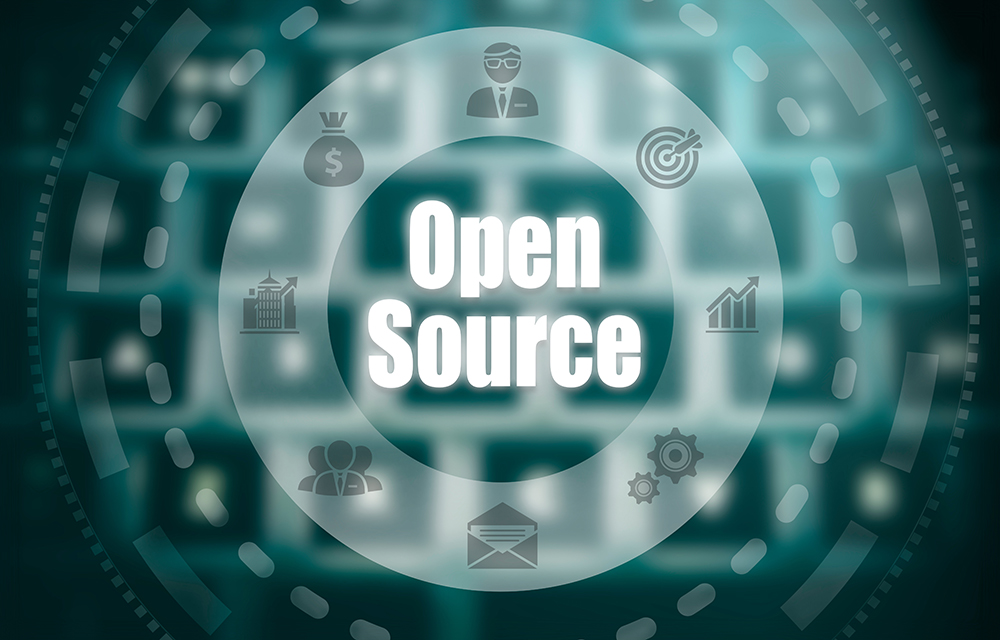Grant Bennett, Country Manager for SUSE South Africa and Sub-Saharan Africa, gives his 2019 predictions.
There are some big things set for 2019. Customer expectations continue to evolve, new technologies are developed to push the envelope which that leads to continuous transformation of our business, our people, our processes and of course, the technology and infrastructure. So, what is to come over the next 12 months and how should IT teams be preparing for any incoming changes?

- The rise of partner Eco-systems: With the uncertain political and economic market right now, the vendor ecosystem will become crucial to business success in 2019. While we can’t quite predict where the political sphere may end up, we can control the technology that business use. Understanding that they can’t be the jack of all trades, companies will need to develop a strong and compliant vendor network to ensure they are able to remain relevant in a constantly changing market, as well as to deliver the right solutions to their customers. Identifying the right partner can be a complicated task, with many identical offerings in an increasingly saturated market. Discovering a route into new geographic regions or new verticals through partnerships will help businesses to continue to grow, while supporting their own partners in a symbiotic relationship.
- Businesses will need to focus on skills: The need for skilled developers continues to be a challenge for many companies. In 2019, vendors will start to partner with more foundations to attract new talent. Open source vendors are looking for developers that are invested in the larger community and have contributed to a variety of projects. By tapping into a foundation, they can find individuals that are engaged and devoted to the open source philosophy and strengthen their overall networks. To retain talent, companies must give developers the opportunity to expand their knowledge, achieve certifications and gain vital experience in new technologies (especially around IoT and security).
- Data explosion will continue to drive new storage models: Industrial IoT, smart cities and wearables are bringing together and producing more sophisticated data than ever before. While the proliferation of data is nothing new, the volume of unstructured data and the way in which it is managed is. Additionally, many enterprise IT teams are moving to hybrid-environments that have on-prem systems and cloud environments, creating additional challenges for these teams. In 2019, more companies will adopt software-defined storage (SDS) to address the performance and availability challenges caused by the data explosion. One of the biggest advantages of SDS is automation which self-manage themselves. This system sends professionals alerts when a change (both good and bad) occurs in the environment.
- More security breaches – Serious data hacks seem to be coming thick and fast. If businesses don’t have a strong security plan and measures in place – it may already be too late. The security landscape is continuously changing and evolving as cybercriminals continue to find new ways to steal what’s most valuable to them – data. Storage professionals must now toe the line between IT and security, ensuring they have a mix of skills and an understanding of what both departments need to be successful. As IT and security grow closer, new jobs are developing and roles are being created specifically to oversee data governance and policy. In addition to job creation, the marriage of security and IT may result in policy changes as well.
- Blockchain will become actionable in industries beyond finance: Because of cryptocurrency, Blockchain has become associated with currency and the finance industry. However, Blockchain is an open, shared ledger that can record transactions efficiently and in a verifiable and permanent way. In 2019, open source Blockchain technology will be the driver for new use cases in many industries beyond finance. For example, in the food and beverage industry, Blockchain will likely be used in tracking the delivery of food from farm to consumer across the supply chain. Blockchain has the potential to improve the speed in identifying the source and distribution points in a food recall process. Additionally, developments are taking place to bridge containers and Blockchain through CaaS platforms, which will create new opportunities for developers in 2019.
- ML will become the backbone of industries – but slow and steady wins the race: Machine Learning (ML) solutions are currently being used in today’s enterprise environments, but mostly for smaller projects in a test environment. In 2019, adoption will increase at a measured pace, but expansive deployment isn’t here yet. The reason for this deliberate pace? It’s allowing companies to focus on implement the technology in a way that improves business processes and delivers tangible results. A more cautious implementation also allows for the cultural shift to happen, giving IT and business professionals alike a chance to embrace these next-gen solutions. This targeted adoption will continually accelerate over the next couple of years, with ML eventually becoming an innovation enabler of all industries in the next decade.
In 2019, we’re set to see the maturation of various technologies, from containers and hybrid cloud to AI. Open source software will continue to thrive and play a pivotal role in these predictions as open source communities have become the vanguard of innovation. What’s more, open source software will continue to play a fundamental role in all the dominant technology trends as it is increasingly being relied on by enterprise businesses around the globe.


